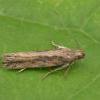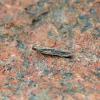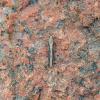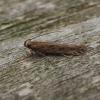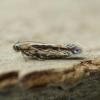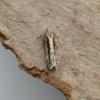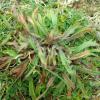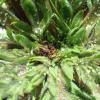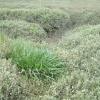35.119 Scrobipalpa samadensis (Stainton, 1883)
Status and Distribution
The most widespread of the coastal Scrobipalpa species. Very local to rare from Lincolnshire to Sussex becoming local to locally common in most of the remaining coastal areas around the British Isles. Any large gaps in distribution are more likely to be down to under-recording than the absence of the moth. Recorded once from an upland area in the Highlands of Scotland.
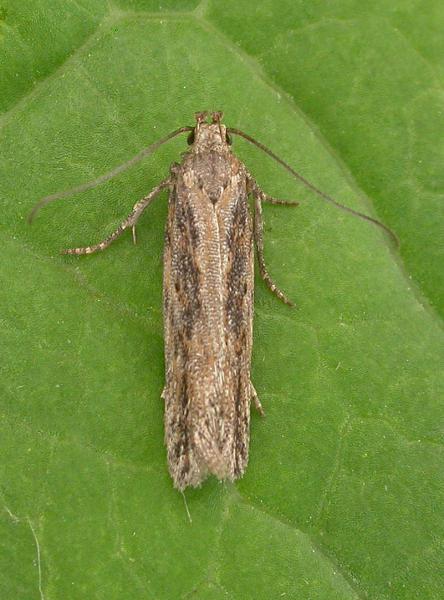
Provisional map
Foodplant and Larval Feeding Signs
Habitat
Finding the Moth
Larva: being primarily a root feeder, the plant shows signs of wilting and greying leaves, a withered centre to the plant sometimes with gingery frass. Also found spinning two leaves together on sea plantain and eating the parenchyma. In Europe the initial feeding is reported as a long and narrow mine in the leaf in which it probably hibernates followed by the feeding in the upper rootstock.
Adult: can be disturbed from amongst the foodplant during the day in warm conditions and later comes readily to all forms of light.
Similar Species
Shows quite considerable individual and geographical variation, with specimens of Scrobipalpa atriplicella, S. instabilella, S. nitentella and S. stangei all having been found in collections labelled as S. samadensis. Dissection is therefore recommended until familiarity is built up with the look of the specimens at particular sites.
Single or possibly double brooded. The extensive set of records on the scheme database (300) indicate the moth flies from the end of May through to early September with a fairly steady build up in numbers to a peak in the first half of August. The couple of late September records are, perhaps significantly, from the mild climate of the Scilly Isles although there are no corresponding late records from the Channel Islands. Larval records received to date all relate to the period mid-March to the end of May suggestive of a single extended brood.
E. R. Bankes, in his 1894 paper in the Entomologist's Monthly Magazine (30:82), reported it as double brooded from June to July and again in August to September. The larval feeding periods were given as April to May and July to August, however he also noted he and W. H. B. Fletcher had only met with the first brood larvae and that it was solely Mr. Richardson's experience of regular second brood larvae he was quoting.
Earliest: 15th May 1997 (VC9) and 2016 (VC1).
Latest: 27th September 1957 (VC1)


